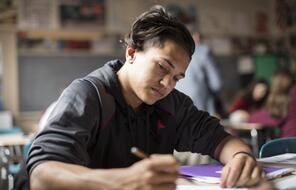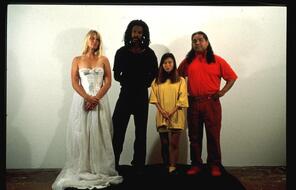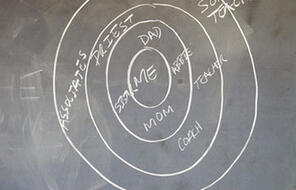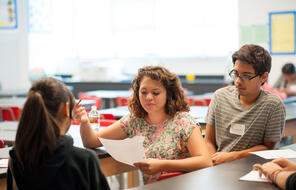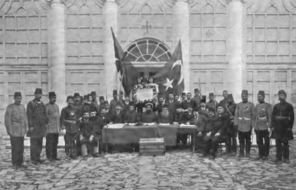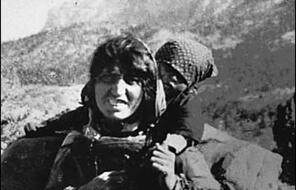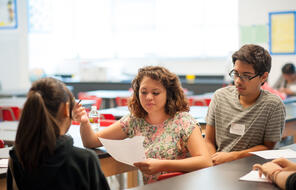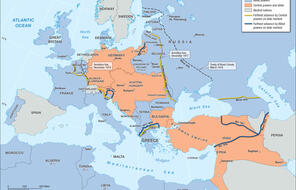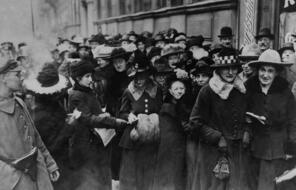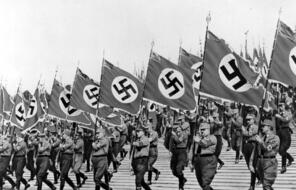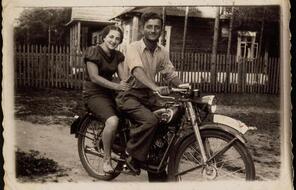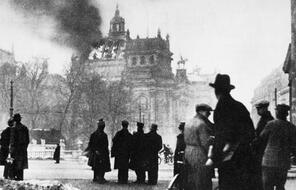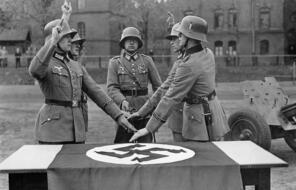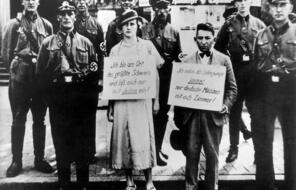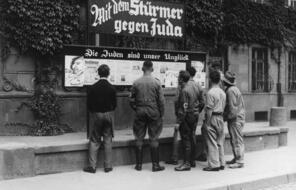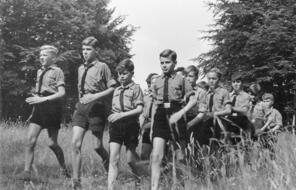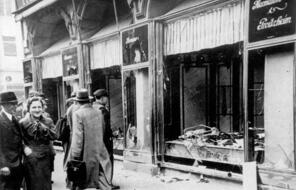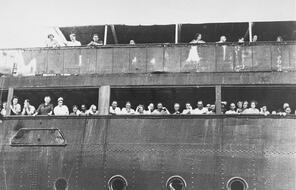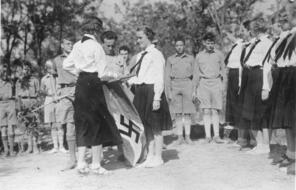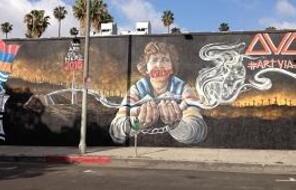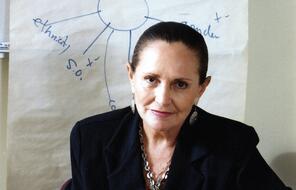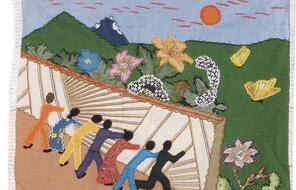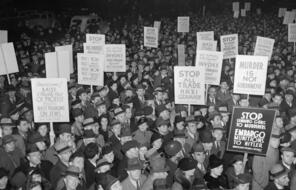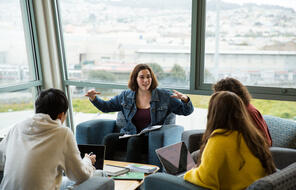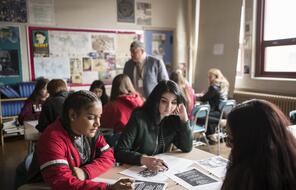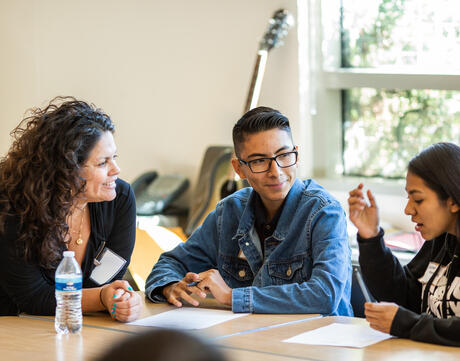
Teaching the Holocaust and Armenian Genocide: For California Educators
Resources
32Duration
Multiple weeksSubject
- History
Grade
10Language
English — USPublished
Overview
About This Unit
This unit draws upon and adapts materials from the resource books Crimes Against Humanity and Civilization: The Genocide of the Armenians and Holocaust and Human Behavior, and it follows the Facing History scope and sequence.
Students begin with an examination of the relationship between the individual and society, reflect on the way humans divide themselves into “in” groups and “out” groups, and explore how such dynamics contributed to the rise of Turkish nationalism and the Armenian Genocide. Students then dive deep into a historical case study of the Weimar Republic and the Nazi Party’s rise to power in Germany.
Then, they bear witness to the human suffering of the Holocaust and examine the range of responses from individuals and nations to the genocidal mass murder perpetrated by the Nazi regime. In the unit’s later lessons, students draw connections between this history and the present day, weighing such questions as how to achieve justice and reconciliation in the aftermath of atrocities, how painful histories should be remembered, and how this history educates us about our responsibilities in the world today.
Preparing to Teach
A Note to Teachers
Before you teach this lesson, please review the following guidance to tailor this lesson to your students’ contexts and needs.
Inside this Unit
Unlimited Access to Learning. More Added Every Month.
Facing History & Ourselves is designed for educators who want to help students explore identity, think critically, grow emotionally, act ethically, and participate in civic life. It’s hard work, so we’ve developed some go-to professional learning opportunities to help you along the way.
Exploring ELA Text Selection with Julia Torres
On-Demand
Working for Justice, Equity and Civic Agency in Our Schools: A Conversation with Clint Smith
On-Demand
Centering Student Voices to Build Community and Agency
On-Demand

